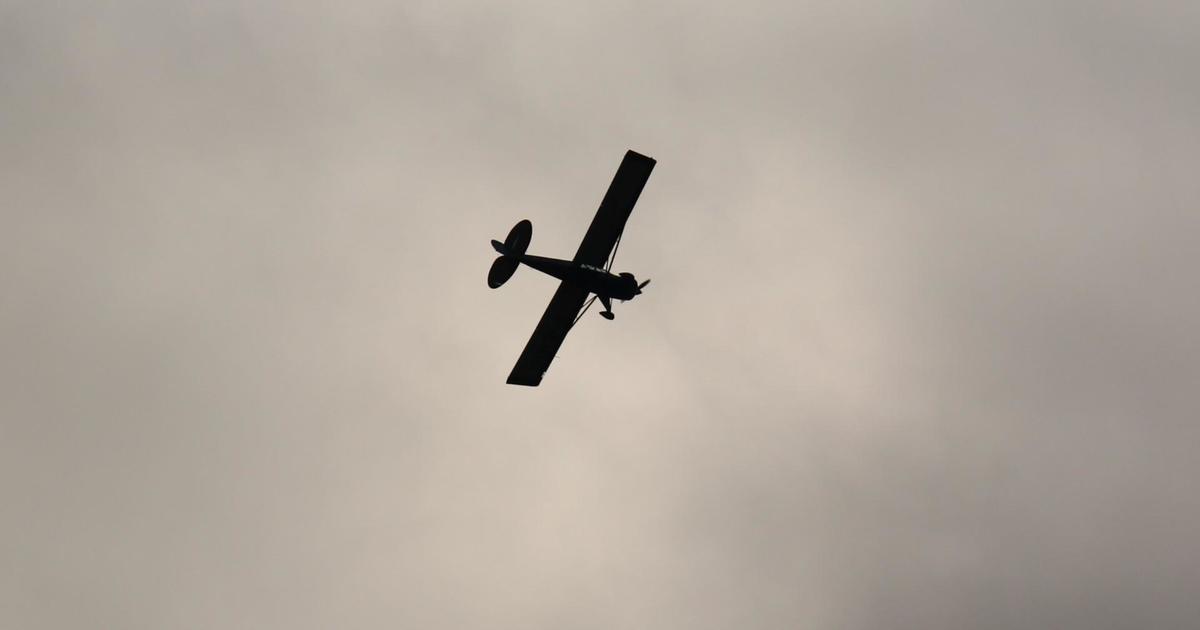Using Motion Capture Tech, 'Groundbreaking' UMN Research Allows 3D Printing Of Sensors Directly On Organs That Expand
MINNEAPOLIS (WCCO) -- The University of Minnesota has announced "groundbreaking new research" on Wednesday that allows electronic sensors to be 3D printed on organs that expand and contract.
It's a new technique that could have future applications in both diagnosing and monitoring the lungs of patients with COVID-19.
According to the university, mechanical engineers and computer scientists at the U of M developed the 3D printing technique by harnessing motion capture technology that's similar to what's used in Hollywood.
"We are pushing the boundaries of 3D printing in new ways we never even imagined years ago," said Michael McAlpine, a University of Minnesota mechanical engineering professor and senior researcher on the study. "3D printing on a moving object is difficult enough, but it was quite a challenge to find a way to print on a surface that was deforming as it expanded and contracted."
The university says the new research started in a lab with a balloon-like surface and a specialized 3D printer. Researchers then used motion capture tracking markers -- much like the ones used in movies to create special effects -- to help the 3D printer adjust its printing path to the expanding and contracting movements of the surface.
Researchers were then successful in printing a sensor on an artificially inflated animal lung.
"The broader idea behind this research, is that this is a big step forward to the goal of combining 3D printing technology with surgical robots," said McAlpine, who holds the Kuhrmeyer Family Chair Professorship in the University of Minnesota Department of Mechanical Engineering. "In the future, 3D printing will not be just about printing but instead be part of a larger autonomous robotic system. This could be important for diseases like COVID-19 where health care providers are at risk when treating patients."
McAlphine says the technique could possibly be used in the future to 3D print sensors on a pumping heart.
The full research was published in Science Advances, a peer-reviewed scientific journal from the American Association for the Advancement of Science (AAAS).



